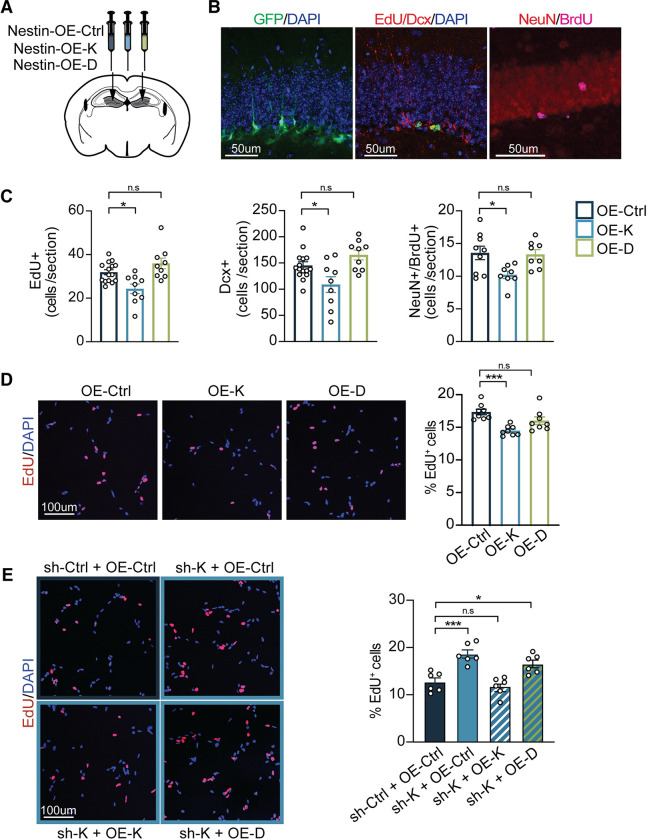Fig 2. H2-Kb overexpression decreases NSPC proliferation and impairs adult hippocampal neurogenesis.
Ten-week-old adult WT mice were stereotaxically injected with lentiviruses expressing H2-Kb (OE-K), H2-Db (OE-D), or GFP control (OE-Ctrl) under the Nestin promoter (A). (B) Representative fields of Nestin-GFP expressing cells (left panel), EdU+ short-term proliferating cells, Dcx+ neuroblasts (middle panel), and adult-born neurons coexpressing BrdU and NeuN (right panel) in the DG. (C) Quantification of EdU+, Dcx+, and BrdU+/NeuN+ cells in the DG. n = 8–15 animals/group (3–4 sections/animal); scale bars: 50 μm. (D) WT adult NSPC were infected with OE-K, OE-D, and OE-Ctrl lentiviruses and grown under self-renewal conditions. Representative images (left panels) and quantification (right panel) of the percentage of EdU+ proliferating NSPCs after 6 hours of EdU treatment. n = 8 replicates/group; scale bars: 100 μm. (E) WT adult NSPC were infected with sh-K or sh-Ctrl, followed by infection with OE-K, OE-D, or OE-Ctrl lentiviruses. Representative images (E, left panel) and quantification (E, right panel) of EdU+ proliferating NSPCs after 6 hours of EdU treatment. n = 6 replicates/group; scale bar: 100 μm. Data represented as mean ± SEM. One-way ANOVA with Dunnett’s multiple comparisons test; *p < 0.05, ***p < 0.001. Data used to generate this figure can be found in the Supporting information Excel spreadsheet (S1 Data). BrdU, 5-bromo-2′-deoxyuridine; Dcx, Doublecortin; DG, dentate gyrus; EdU, 5-ethynyl-2′-deoxyuridine; GFP, green fluorescent protein; NeuN, neuronal nuclei; n.s., not significant; NSPC, neural stem and progenitor cell; WT, wild-type.

